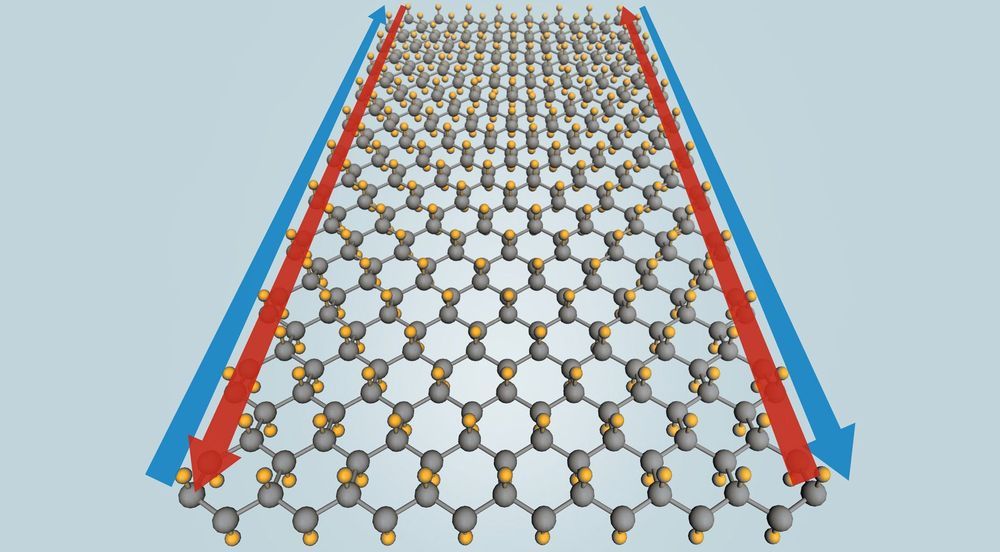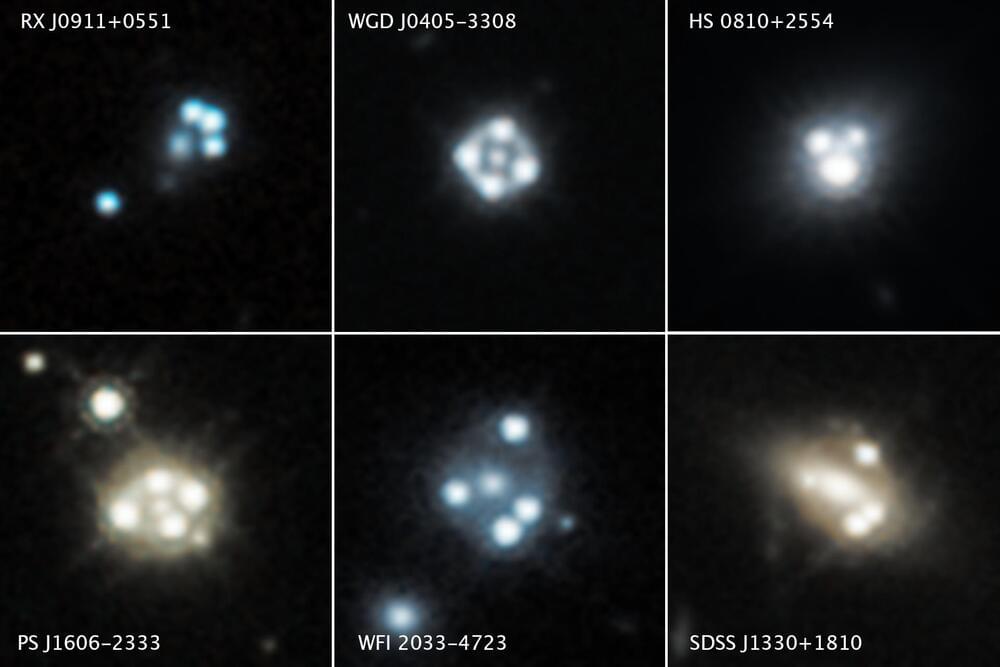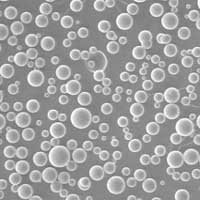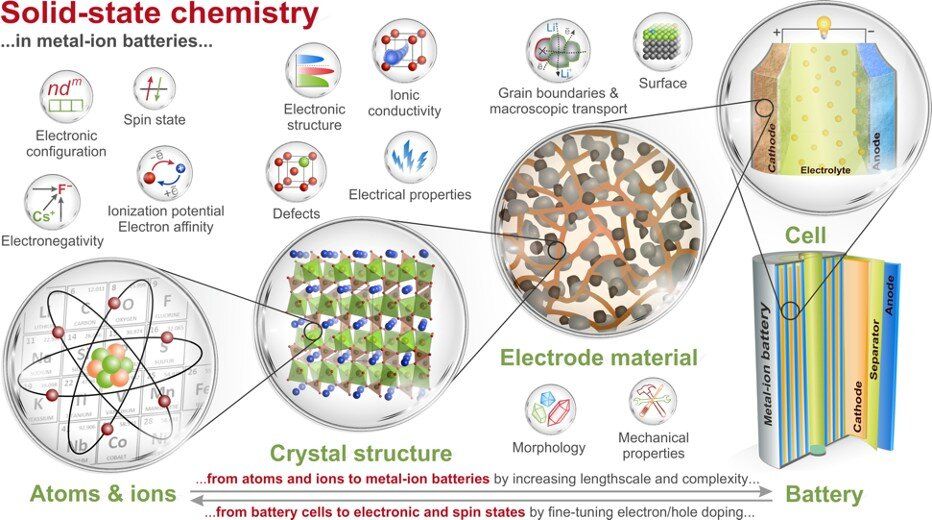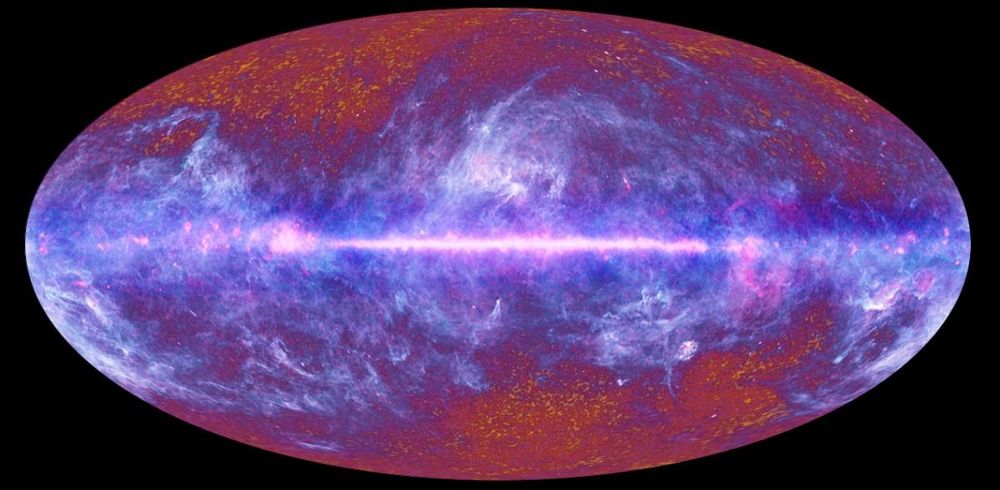CERN’s Timepix particle detectors, developed by the Medipix2 Collaboration, help unravel the secret of a long-lost painting by the great Renaissance master, Raphael. 500 years ago, the Italian painter Raphael passed away, leaving behind him many works of art, paintings, frescoes, and engravings.
CERNs Timepix particle detectors, developed by the Medipix2 Collaboration, help unravel the secret of a long-lost painting by the great Renaissance master, Raphael.
500 years ago, the Italian painter Raphael passed away, leaving behind him many works of art, paintings, frescoes, and engravings. Like his contemporaries Michelangelo and Leonardo da Vinci, Raphael’s work made the joy of imitators and the greed of counterfeiters, who bequeathed us many copies, pastiches, and forgeries of the great master of the Renaissance.
For a long time, it was thought that The Madonna and Child, a painting on canvas from a private collection, was not created directly by the master himself. Property of Popes and later part of Napoleon’s war treasure, the painting changed hands several times before arriving in Prague during the 1930’s. Due to its history and numerous inconclusive examinations, its authenticity was questioned for a long time. It has now been attributed to Raphael by a group of independent experts. One of the technologies that provided them with key information, was a robotic x-ray scanner using CERN-designed chips.

